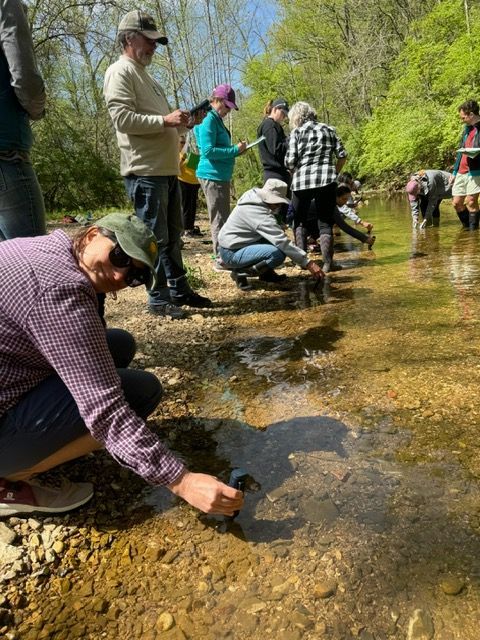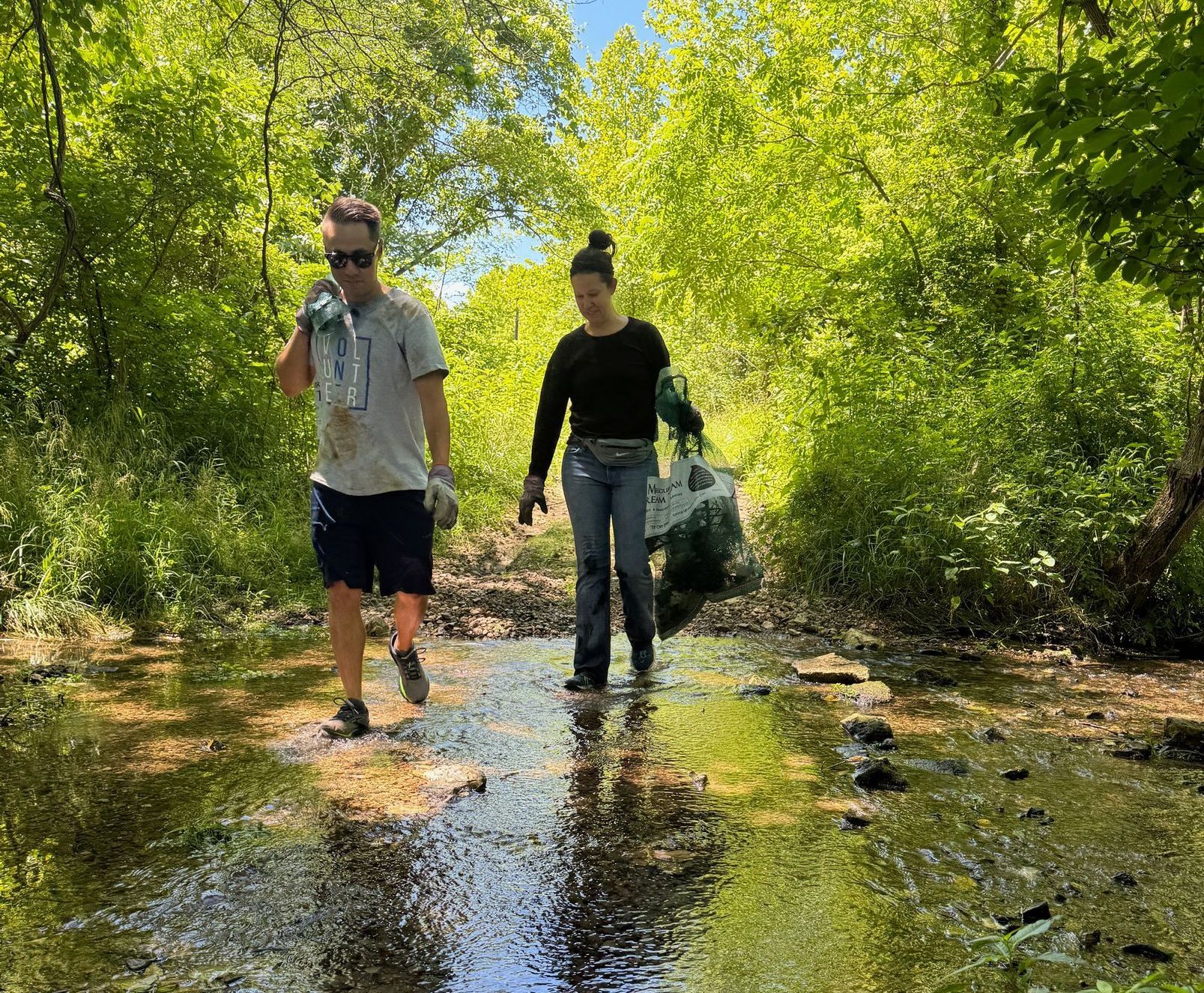water quality monitoring


Why monitor streams?
Clean, safe, usable water is essential to all life. Unfortunately, there are a multitude of threats to water quality and aquatic ecosystems. Water pollution, varying from excessive nutrients, salts, heavy metals, and toxic chemicals all take their toll on urban and rural water quality. Increases in runoff from paved surfaces and land clearing also negatively impact waterways, as can deforestation and excessive erosion. Often, modern streams experience many of these factors which can lead to degraded water quality downstream.
Through different monitoring procedures, it is possible to detect many kinds of water quality impairment and identify probable causes so that steps can be taken to alleviate or correct the issue. Protecting and ensuring the health of our streams and watersheds is everyone’s responsibility. By monitoring water quality, citizens can take an active role in protecting water resources.
How do I become a water quality monitor?
It’s very simple, but requires some time and commitment on your part. The first step is to sign up for one of our Introductory workshops. Please note the registration deadline for each workshop. Space is limited for these training classes, so register early! Water Quality Monitoring is the only Stream Team activity that requires training. Starting in 2021, becoming certified as a water quality monitor involves online training and field training*. Upon completion of the training, a monitor will receive equipment at no cost.
There are multiple levels of certification:
- Level 1 Certification - Hybrid Learning (no education or training prerequisite)
- Virtual Training: Monitors are required to watch a series of videos that detail the basics of water quality, watersheds, and the main parameters that are collected within the VWQM program.
- Field Training: Monitors are required to attend a 5-hour training near a stream. They will learn how to measure stream discharge, collect and identify macroinvertebrates, conduct a physical assessment of a stream, and collect and analyze water chemistry data.
While some may only have educational interest in this course, those who are certified Level 1 monitors can also receive equipment for biological monitoring, chemical monitoring, and measuring stream flow if they intend to monitor.
- Level 2 Certification - In-person Learning (Level 1 certification prerequisite)
- This is a quality assurance/quality control (QA/QC) training where monitors will check their chemical monitoring equipment to ensure it is functioning properly, strengthen their chemical monitoring techniques, and improve their ability to correctly identify macroinvertebrates.
- Once a monitor receives Level 2 certification, there is higher confidence in their methods and techniques in the field and their commitment to the VWQM program.
Level 2 and 3 monitors are required to recertify their status every three years to maintain quality assurance. Monitors may recertify by completing a Level 2 training.
- Level 3 Certification - In-person Learning (Level 2 certification prerequisite)
- The Level 3 certification is a one-on-one stream-side evaluation with VWQM staff at the monitor's site. Level 3 is the highest certification for VWQM. A volunteer who has successfully completed the Level 2 training and submitted 12 sets of all data is eligible for a Level 3 audit and certification.
- To complete a Level 3 certification, the volunteer must successfully demonstrate all monitoring procedures and techniques as well as identify all of the invertebrates collected at their site.
This training is conducted by request only. Contact streamteam@dnr.mo.gov to learn more or to request a Level 3 audit.
- Cooperative Stream Investigation (CSI)
- The Cooperative Stream Investigations (CSI) program fosters cooperation between the Missouri Department of Natural Resource (MDNR), Watershed Management Committees, and volunteers towards sampling for special projects. The primary focus of CSI sampling is E. coli bacteria. CSI volunteers must be certified at VWQM Level 2 or Level 3 and have submitted consistent and credible data. Opportunity for CSI projects are dependent on data needs and resource availability.
Contact Stream Team at streamteam@dnr.mo.gov to learn more!
What is VWQM data used for?
All volunteer data is used to establish baseline data on streams throughout Missouri, establish long-term trends, and locate streams in need of professional follow-up monitoring. Higher level data (i.e., Level 2 and above) is used to supplement agency-collected data for meeting Clean Water Act goals, such as evaluating best management practices, forming watershed management plans, and tracking performance of Total Maximum Daily Load (TMDL) implementation plans.
